Medieval Axe: The Versatile Weapon of the Middle Ages
The medieval axe, a staple weapon of the Middle Ages, was revered for its versatility and effectiveness in battle. This formidable tool, used by knights and foot soldiers alike, came in various forms, each tailored to specific combat scenarios. From the heavy battle axe to the swift hand axe, these weapons played a crucial role in shaping medieval warfare.
Battle Axe
The battle axe, with its long handle and broad blade, was designed for powerful, sweeping strikes. It was capable of cleaving through armor and inflicting severe damage on opponents. This weapon’s sheer force made it a favorite among heavy infantry and cavalry, who relied on its ability to break enemy lines and create openings in battle formations.
Hand Axe
The hand axe, smaller and more agile, was used for close combat and thrown as a projectile. Its compact design allowed for quick, precise strikes, making it ideal for both offense and defense. Warriors often carried hand axes as secondary weapons, ready to be wielded in the heat of battle when swords or other primary weapons were lost or damaged.
Symbol of Status
Beyond its battlefield utility, the medieval axe also symbolized status and authority. Ornately decorated axes were often carried by nobles and high-ranking officials, showcasing their power and prestige.
The medieval axe’s versatility and effectiveness made it an indispensable weapon in the Middle Ages. Its legacy endures, reflecting the ingenuity and adaptability of medieval warriors who wielded these powerful tools of war.

 Sports And Recreation Equipments
Sports And Recreation Equipments Cricket Equipments & Gears
Cricket Equipments & Gears Chess Board
Chess Board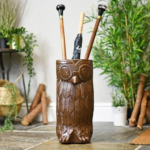 Medieval Lifestyle & Collections
Medieval Lifestyle & Collections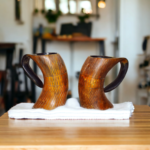 Viking Drinking Horn, Mug & Tankard
Viking Drinking Horn, Mug & Tankard Historical & Medieval Reproduction
Historical & Medieval Reproduction Historical & Medieval Helmets
Historical & Medieval Helmets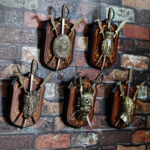 Historical & Medieval Shields
Historical & Medieval Shields Chest Plate Armor
Chest Plate Armor Full Suit of Armor
Full Suit of Armor Larp Costume & Ren Faire Clothing
Larp Costume & Ren Faire Clothing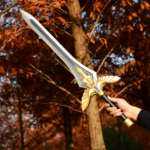 Foam LARP Weapons
Foam LARP Weapons Leather Breastplate
Leather Breastplate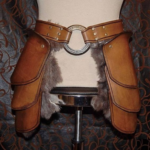 LARP Belts & Tesset
LARP Belts & Tesset Chainmail
Chainmail Leather Goods And Accessories
Leather Goods And Accessories Leather Essential
Leather Essential Medieval Weaponry: Artifacts of History
Medieval Weaponry: Artifacts of History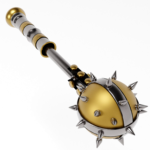 Medieval Mace & Flail
Medieval Mace & Flail Medieval Axe
Medieval Axe Historical And Medieval Swords
Historical And Medieval Swords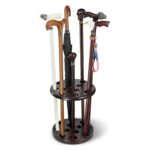 Walking Sticks
Walking Sticks Vintage Collection
Vintage Collection Nautical and Maritime Collection
Nautical and Maritime Collection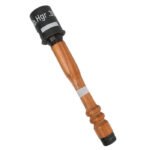 WW1 And WW2 collectable & Reproduction
WW1 And WW2 collectable & Reproduction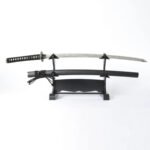 Wooden Display Stands Holder
Wooden Display Stands Holder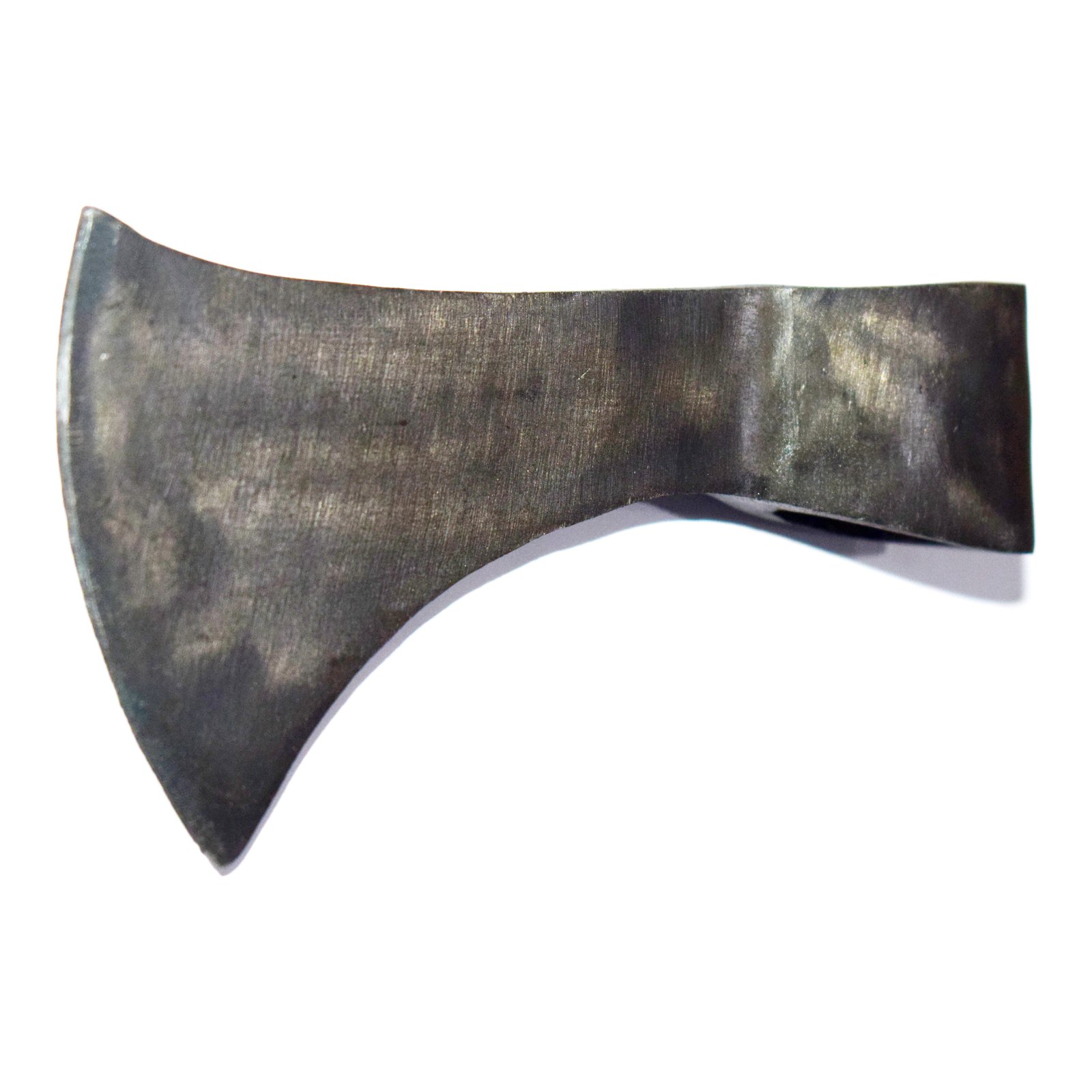


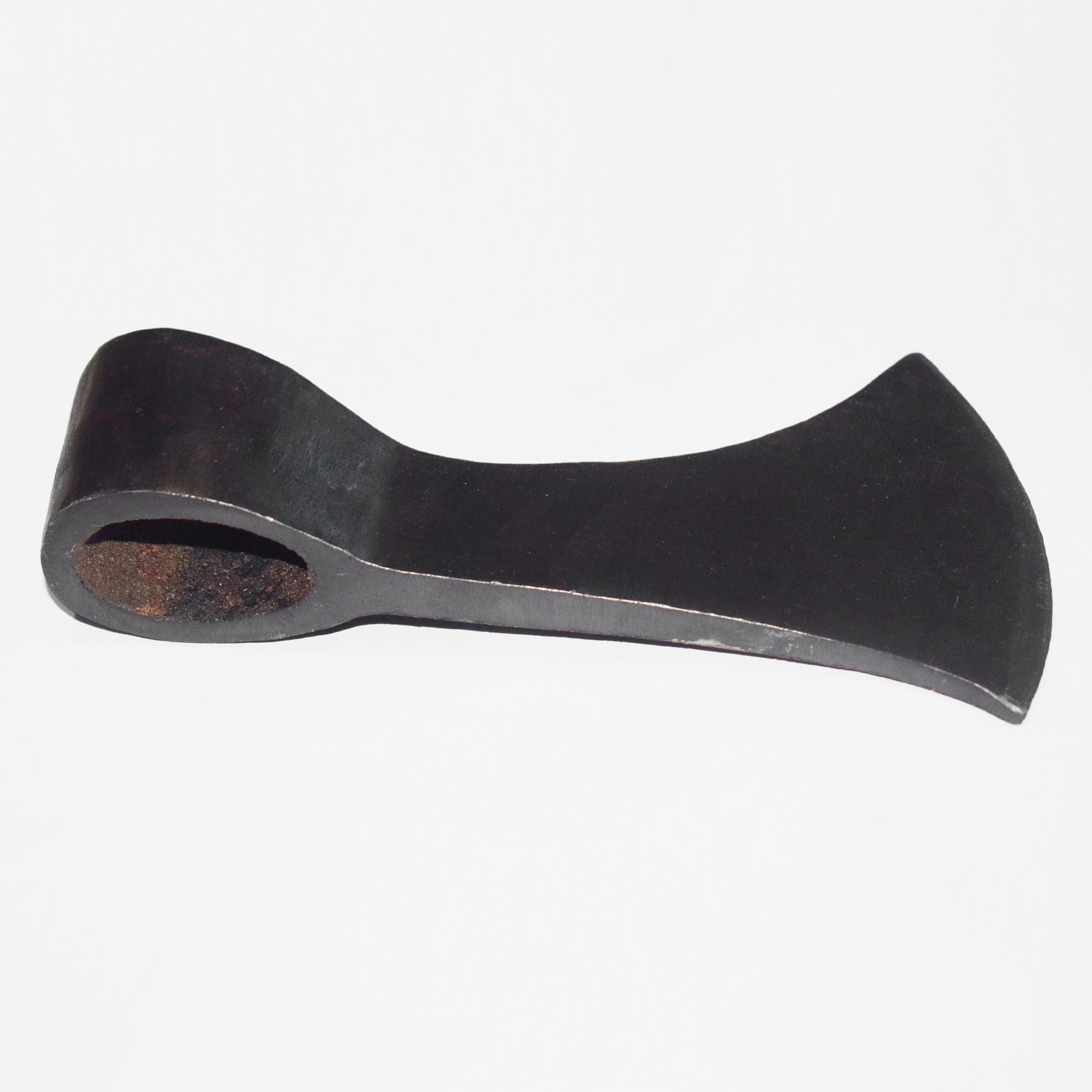
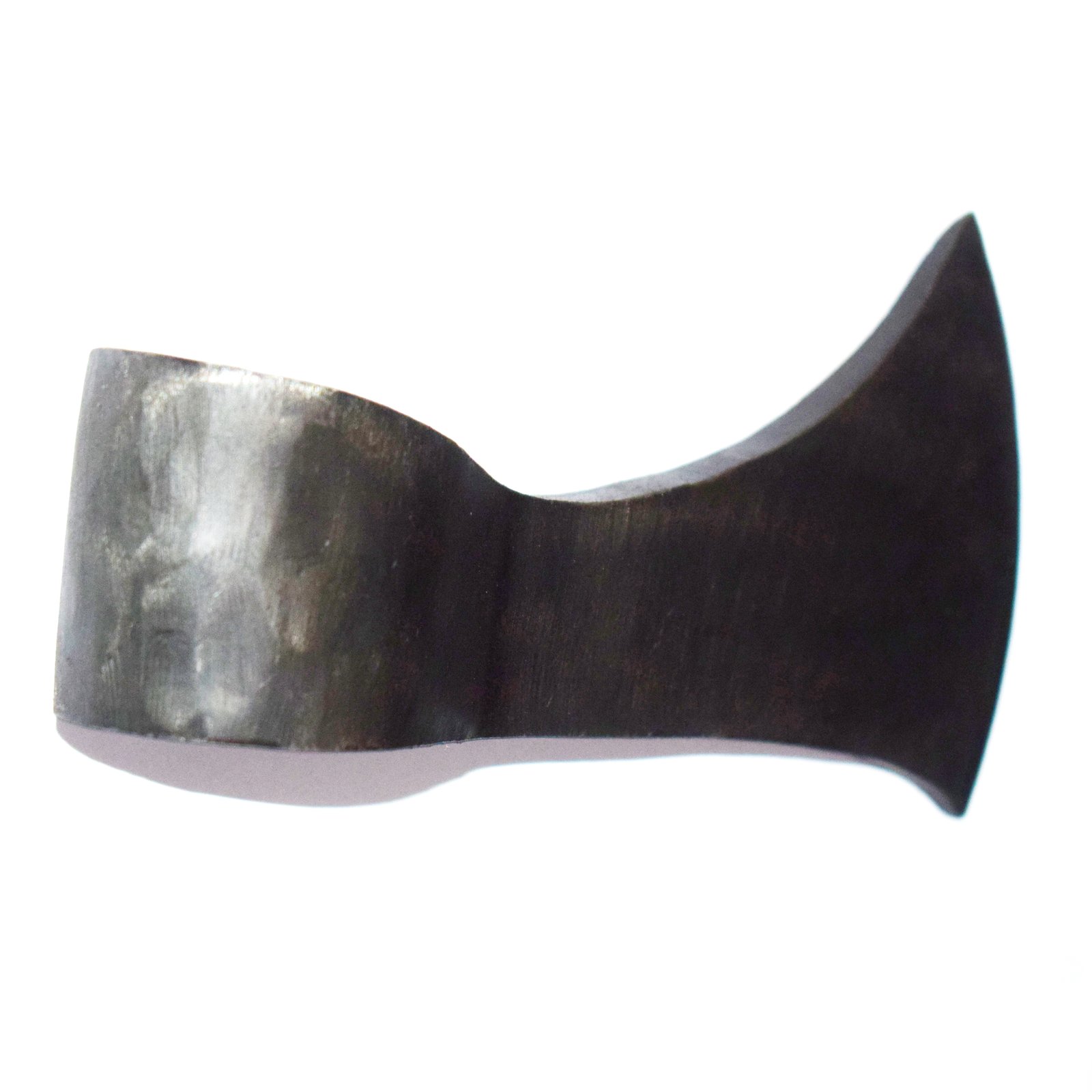
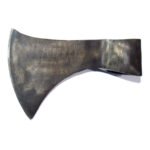
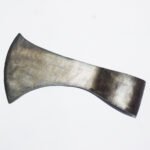

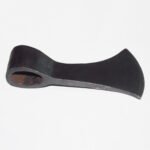

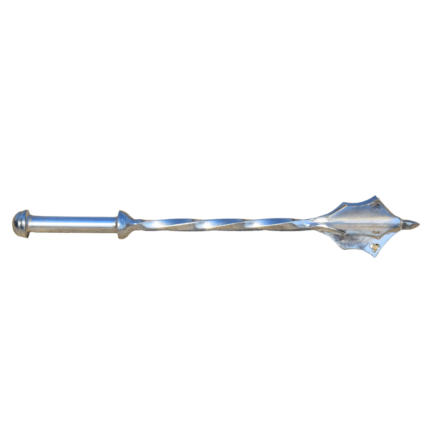
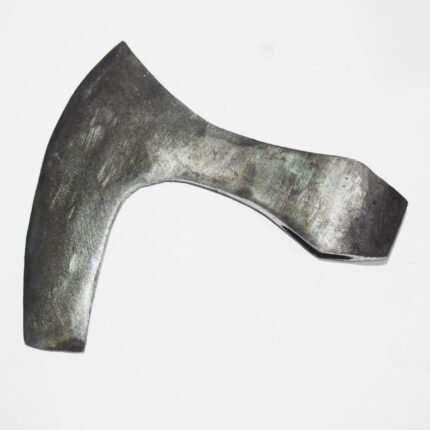




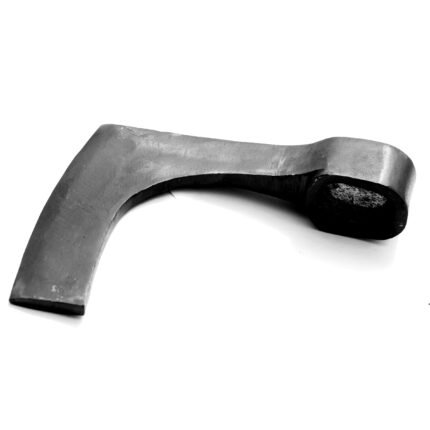


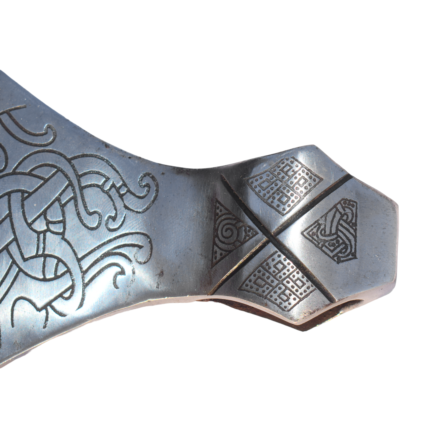
Reviews
There are no reviews yet.